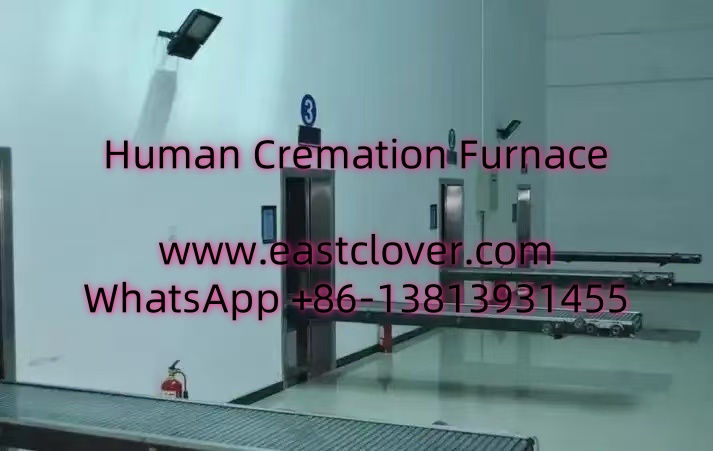Honoring Companions Sustainably
As Lagos evolves into a megacity of 15 million residents, its relationship with pets transforms dramatically. Over 42% of households now include furry family members, driving demand for compassionate end-of-life solutions that align with growing environmental consciousness.
Green Cremation Technology
Modern eco-cremators use advanced filtration systems achieving 95% emission reduction compared to conventional models. Key features include:
- Biomass-powered systems using agricultural waste
- Closed-loop water cooling mechanisms
- Particulate filters capturing 99.8% of emissions
Why Lagos Needs Sustainable Options
The city’s environmental crisis makes traditional methods problematic:
- Burying 1,500+ pets daily consumes 2.3 hectares monthly
- Conventional cremation contributes 12% to particulate pollution
- Groundwater contamination risks from burial sites
Operational Advantages
Leading Lagos facility PawsEnviro reports:
- 60% energy savings through heat recapture
- 1.2 tons monthly ash converted to memorial garden fertilizer
- 30% cost reduction for pet owners by 2026 projections
Overcoming Implementation Challenges
Key hurdles and solutions:
| Challenge | Solution |
|---|---|
| 40% higher initial costs | Government green tech subsidies |
| Cultural resistance | Community education programs |
www.southclover.com
Lagos’ embrace of eco-cremation represents a vital intersection of urban pet culture and environmental stewardship. As technologies advance and awareness grows, these sustainable practices promise to redefine how megacities honor animal companions while protecting ecosystems.
Frequently Asked Questions
Q: How long does the eco-cremation process take?
A: Typically 1.5-2 hours for medium-sized pets, varying by weight.
Q: Are the ashes safe for home gardens?
A: Yes, when processed through pH-balancing systems meeting WHO standards.
Q: What pet sizes can be accommodated?
A: Current Lagos models handle pets up to 80kg, with larger units in development.

Comments are closed